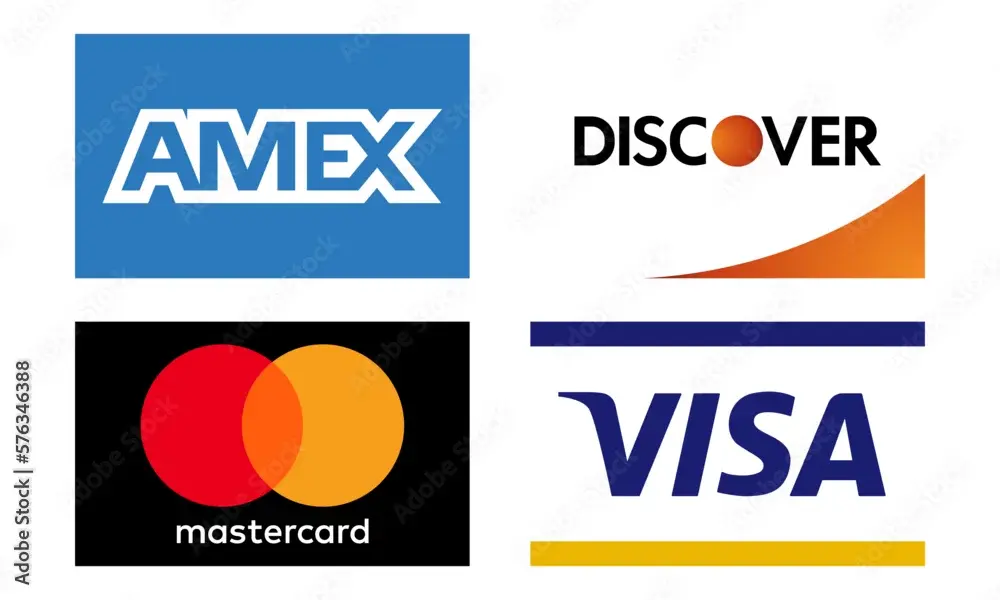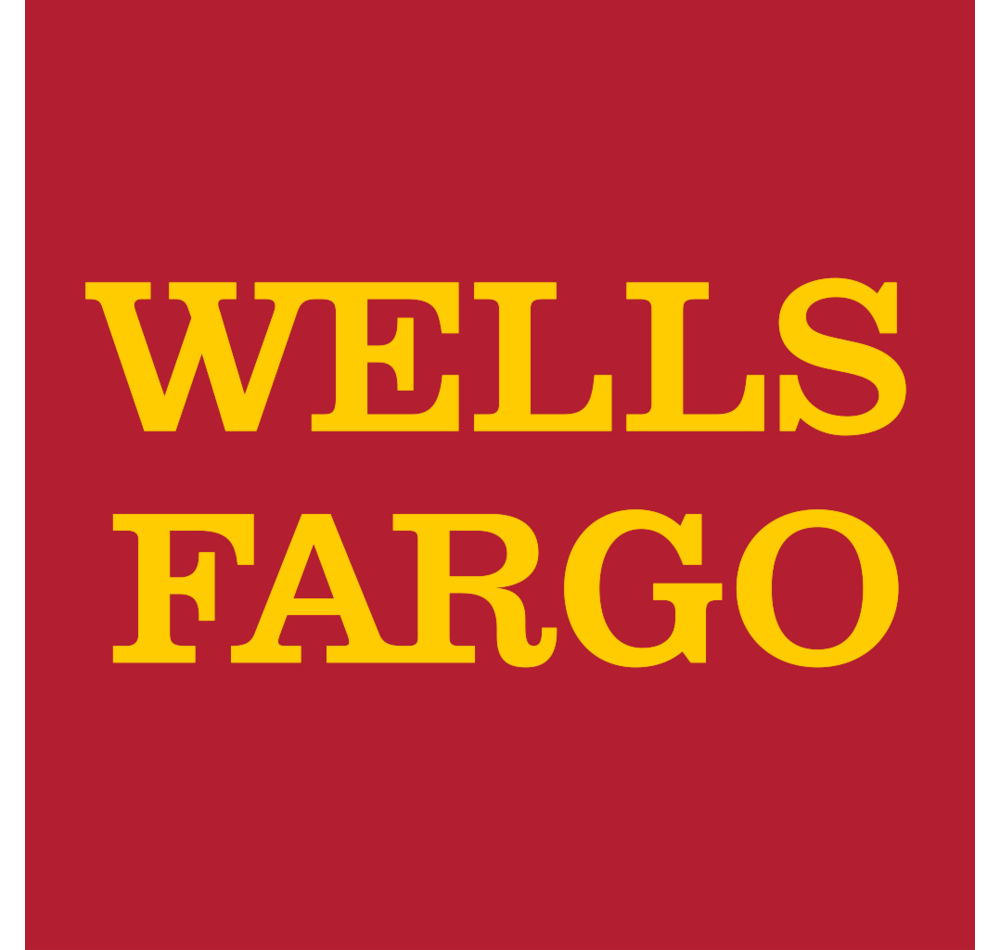Our Partners

We accept Mastercard, Visa, American Express and Discover
In addition to Currencylinks 1.5% transaction fee the following cards charge the following transaction fees.
- Visa: Around 1.4% to 2.5%
- Mastercard: Approximately 1.5% to 2.6%
- American Express: Roughly 2.3% to 3.5%
- Discover: From about 1.55% to 2.5%

We partner with Chase bank enabling same day payments into your account
-
Explore Opportunities:Visit the JPMorganChase careers site to find roles that align with your skills and interests.Apply Online:Submit your resume and application, highlighting your experience.
-
Interview:If you're a potential match, you'll be contacted for interviews, which vary by position.
-
Complete Screening:After an offer, you'll undergo pre-engagement screening (PES), which includes:
- Worker Information & Consent: Visiting the Application Station 2.0 to fill out worker information and provide consents for screening.
- Background Check: Submitting details for a background check, which verifies your history.
- Fingerprint Appointment: Scheduling and completing a fingerprint appointment for identification.
- Accessing New Hire Portal: Completing required paperwork by logging into the newhire-uat.jpmchase.com site.
- Worker Information & Consent: Visiting the Application Station 2.0 to fill out worker information and provide consents for screening.
- Technical Engagement: After contacting Chase's technical team, they will help you get configured on their infrastructure.
- API Access & Configuration: This includes getting access to the necessary APIs and working within their environment.
- Security Compliance: You'll need to follow appropriate security standards for your integration.
-
Obtain Requisition Number:A sponsor (a JPMorgan Chase employee) must provide you with a Contingent Worker Requisition Number (CWOR).
-
Supplier Registration:You may need to register on platforms like Beeline or Supplier Central, using the CWOR to submit a candidate formSubmit Candidate Information:Provide the requested information for the candidate and await their completion of the required pre-engagement screening.
Underwriting:
-
Application and Document Submission:You'll provide financial documents such as W-2s, pay stubs, tax returns, and bank statements to verify your income, debts, and assets.
-
Credit Review:The underwriter examines your credit history and score (FICO) to assess your willingness and ability to repay the loan.
-
Income and Asset Verification:They will verify your employment and review your bank statements to ensure you have sufficient funds for closing costs and reserves.
-
Property Appraisal:A home appraisal is ordered to determine the property's market value, which the underwriter reviews for compliance with standards.
-
Final Decision:Based on the comprehensive review, the underwriter makes the final decision to approve or deny the loan application.
- Creditworthiness: A strong credit history demonstrates your reliability as a borrower.
- Financial Stability: Evidence of stable employment and consistent income shows your ability to make payments.
- Sufficient Assets: Adequate funds are required for down payments, closing costs, and cash reserves.
- Property Value: The underwriter ensures the property's value supports the loan amount.
-
Prequalification/Conditional Approval:Before house hunting, get prequalified or conditionally approved by talking to a Chase Home Lending Advisor, which helps you understand your budget and shows sellers you're a serious buyer.
-
Gather Documents:Start collecting all necessary financial documents, such as recent pay stubs, bank statements, and tax returns.
-
Understand the Process:Familiarize yourself with the underwriting process and what to expect, as it can take several weeks to complete.Fees:Monthly Service Fees
-
Waived with qualifying activity:Many accounts, like Chase Secure Checking, waive the monthly fee with direct depositsAvoidance with balances:Accounts like Chase Total Checking can waive the $12 monthly fee by maintaining a minimum daily balance of $1,500Business accounts:Business checking accounts have varying fees, such as Chase Business Complete Banking, which has a $15 fee that can be waived by meeting a $2,000 minimum daily balance or using Chase QuickAcceptATM Fees
- Chase ATMs: There are no fees for using Chase ATMs.
- Non-Chase ATMs: You'll pay a fee for using non-Chase ATMs. This is typically $3 for ATMs in the U.S. and U.S. territories, and $5 for ATMs outside these locations.
Overdraft fees
-
When they apply:Chase charges a $34 overdraft fee for transactions that overdraw your account balance by more than $50.
-
How to avoid:Overdraft fees may be avoided with a balance in a linked overdraft protection account.
Other Fees-
Teller Transactions:For some accounts, teller transactions may incur a fee after a certain number of monthly transactions.
-
Wire Transfers:Chase does not charge a fee for wire transfers themselves, but other financial institutions may deduct their own processing feesChase chargeback policies allow customers to dispute transactions they didn't authorize, didn't receive, or where the service/product wasn't as described, typically within 60 days of the transaction date. To initiate a dispute, contact Chase first, and if the dispute is validated, you may receive a provisional credit while they investigate. Merchants have specific deadlines, set by card networks like Visa and Mastercard, to respond to a dispute with supporting documentation.MinimumsFor Checking Accounts
-
No minimum to open:Many checking accounts from Chase, such as Chase Secure Banking, have no minimum deposit requirement to open
-
-
-

We have a close working relationship with Wells fargo.
Onboarding:
- Receive an invitation from Wells Fargo
- Create or sign into your SAP Ariba network account
- Complete registration and finance questionnaires
- Accept Trading Relationship Request
Underwriting the four areas of underwriting:
- Credit: Underwriters will review your credit history to understand your past borrowing and payment history.
- Income and employment: Underwriters review your employment history and income documentation to assess your ability to repay the loan.
- Assets: Underwriters review assets, such as your bank and investment accounts, to understand whether you have the funds available for down payment and closing costs.
- Property: Finally, underwriters will review an appraisal, if necessary, of the property to determine whether the property value supports the purchase price and requested loan amount.
Fees:
Wells Fargo fees include account monthly service charges (which can often be waived by meeting balance or deposit requirements), ATM fees for non-Wells Fargo ATMs ($3 in the U.S., $5 internationally), a $35 overdraft fee for consumer accounts (with limits on the number of fees per day), and wire transfer fees ($25 for digital, $40 for branch wires). You can find specific fees for your account by checking your monthly service fee summary or the Wells Fargo website
Chargeback Policies:
Wells Fargo generally allows customers to dispute credit and debit card transactions for up to 60 days from the transaction date, and they may provide a provisional credit while investigating the claim. The dispute process follows standard industry procedures, involving retrieving information from merchants for transactions that are not clearly authorized or that are disputed as undelivered or unsatisfactory. Merchants have specific, short response deadlines for these requests to provide evidence and avoid liability for the chargeback.
Settlement Fees:
- Reason for Settlement: The CFPB found that Wells Fargo engaged in unfair and deceptive practices, resulting in consumers being charged for unnecessary auto loan insurance, receiving improper overdraft fees, and facing other violations related to deposit and mortgage accounts.
- Payment to Consumers: Wells Fargo agreed to pay over $2 billion in redress to harmed customers.
- Civil Penalty: A $1.7 billion civil penalty was also paid to the CFPB.
- Impact on Borrowers: The settlement aimed to provide refunds for certain add-on fees on auto loans and to stop surprise overdraft fees, according to the CFPB's order.
Minimums:
Wells Fargo maintains different minimums for different accounts. Although its safe to say holdig a minimum if $500.00 a day is enough to cancel any monthly account maintenance charges.
Account charges:
Wells Fargos accounts generally charge a monthly maintenance fee which is waived when you hold above the minimum balance daily in your account. Aside from this there are aforementioned overdraft fees fr those without withdrawal protection.
Supported cards and currencies: Not all currencies are supported, Visa Mastercard and Amex are issued through Wells Fargo
